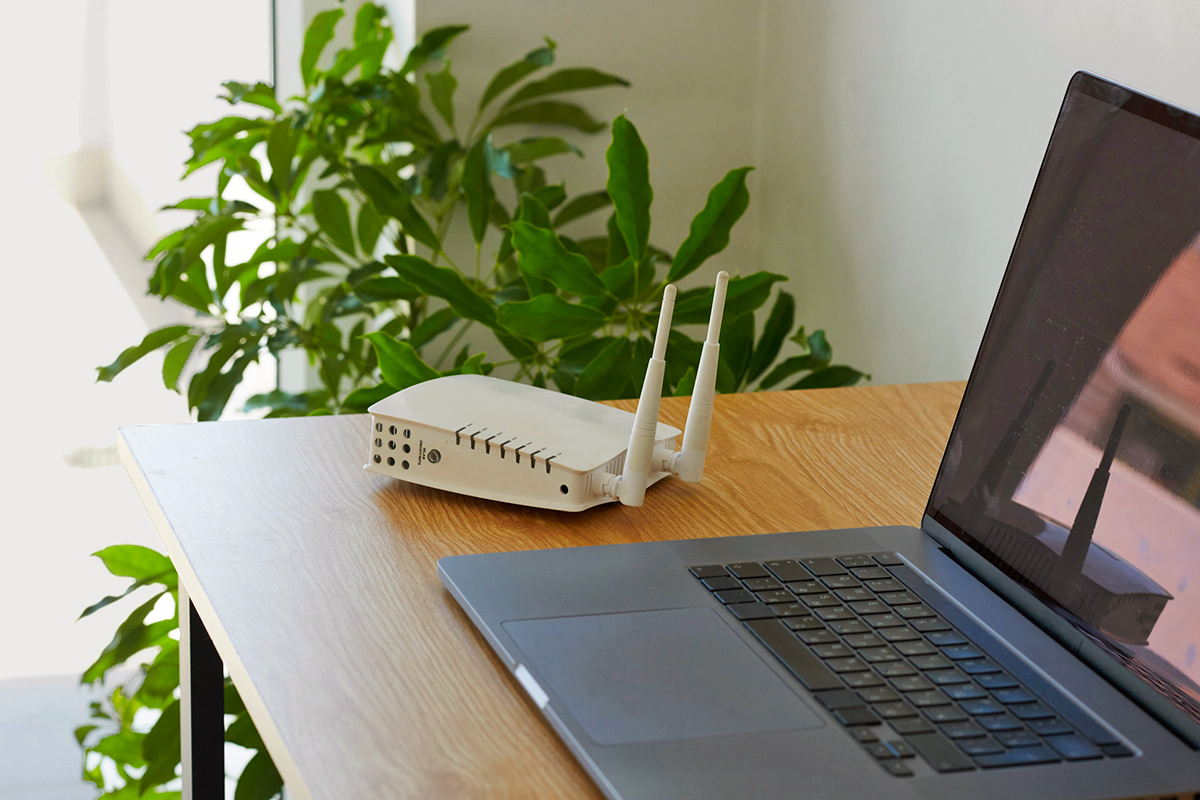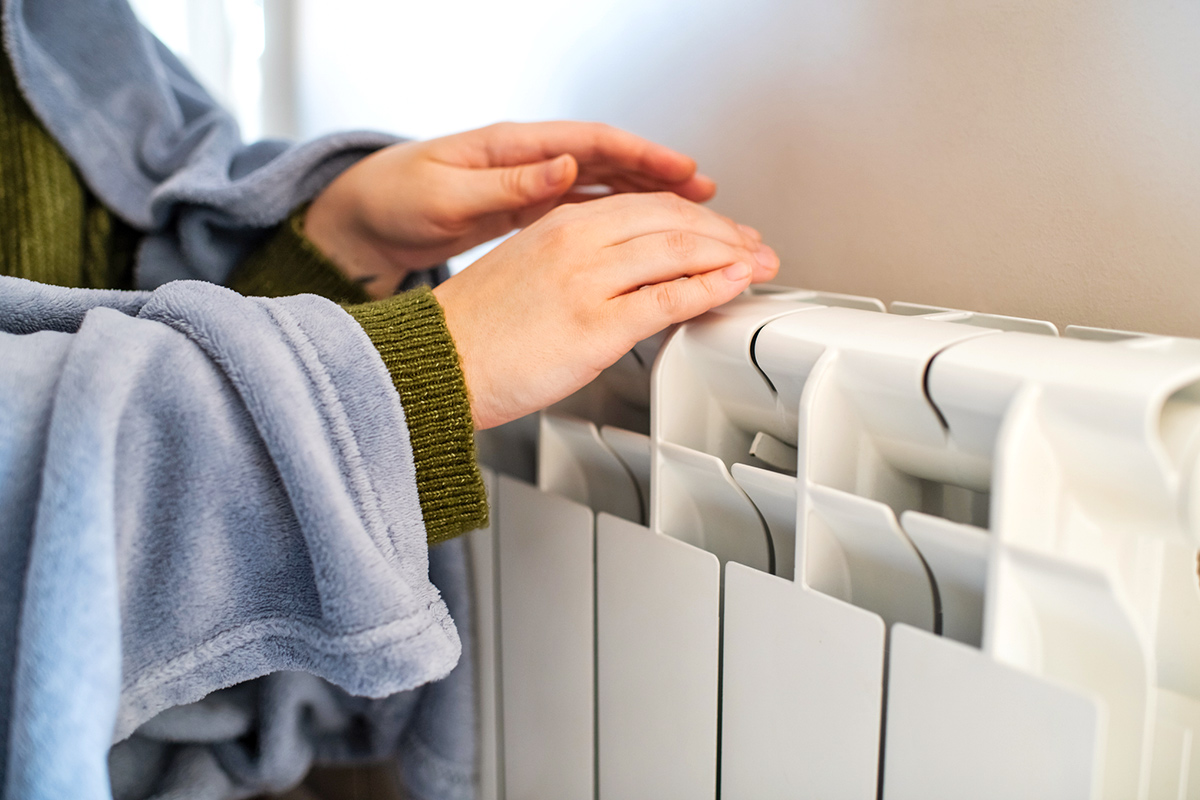While we like to think of our homes as safe havens, disasters can happen at any moment. You never know when a tornado, earthquake, fire, or hurricane may cause unexpected destruction. The most important thing in those moments is to ensure the safety of yourself and your loved ones. But planning ahead is also key,…
Take Inventory
Anyone who’s ever worked in retail knows how mind-numbing it is to take inventory. But in this context, taking inventory isn’t just busy work — it can make getting a justified insurance payout much easier. To prepare for a potential disaster, you should make a written record and take photos or videos of all your valuables. That way, you’ll be prepared when the insurance company asks for proof of loss before compensating you.
For this task, all you’ll need is a pad of paper and your cellphone. Go from room to room and write down any valuable objects you own, taking photos of them along the way. When listing big-ticket items such as electronics and appliances, it’s a good idea to record the brand name, model, and serial number. You might also want to note the item’s location, quantity, purchase date, and purchase price, if that information is available to you.
If you’re facing a potential evacuation and are short on time, conduct a video walkthrough of your entire house instead. Be sure to open up drawers, closets, safes, and anywhere else precious items might be stored.
More from our network
House Outlook is part of Inbox Studio, which publishes content that uplifts, informs, and inspires.
When you’re done, it’s a good idea to put the list into a spreadsheet and upload it to the cloud so you have a backup in case the physical list goes missing. The visual documentation is a bonus since it can provide indisputable evidence of objects that have been destroyed or disappeared. Be sure to upload these photos and videos to the cloud as well.
Don’t stress yourself out trying to list every last object, especially if your time is limited. Stick to listing items that are truly valuable or irreplaceable. (Here’s a sample home inventory spreadsheet that you can reference if you’re not sure where to begin.)
Why It’s Worth It
While this might seem like a labor-intensive process, it becomes easier if you make it an annual routine. Some government agencies even recommend reviewing and updating your home inventory on a quarterly basis. By doing this, you won’t have to start from scratch when you update the list next year or next season. Simply add any new valuables and remove those you no longer own — a task that should only take a few minutes. Hopefully, you’ll never have to refer to this list, but having it handy will lessen the burden in a worst-case scenario.



















